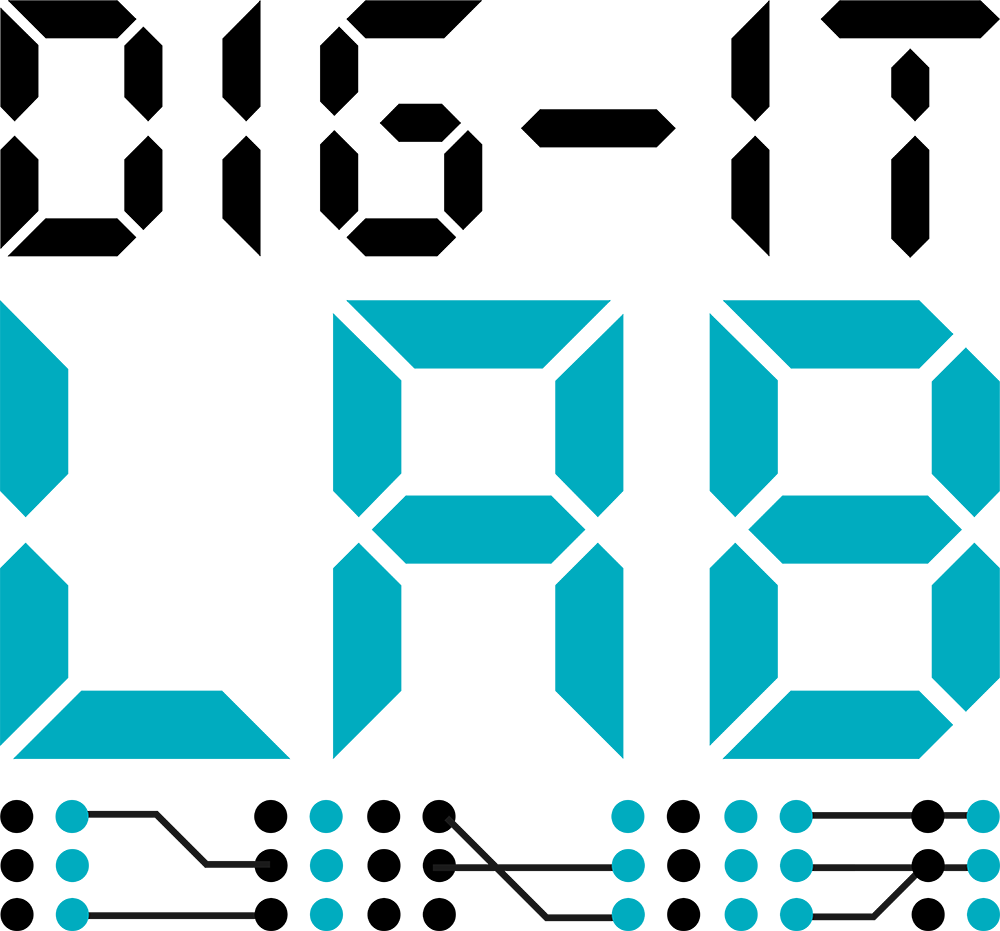The potential use of digital solutions in building renovation has not been thoroughly studied. In a recently approved project, starting in April 2025, Uppsala University and Akademiska Hus will collaborate on how solutions like digital twin technology can contribute to advancing the state of the art in building renovation.
The project ”Digital Technologies for Well-Informed and User-Adapted Building Renovation” has received funding from the Swedish Energy Agency (Energimyndigheten) for its potential to increase the renovation rate and improve energy efficiency in the building sector. It is a collaboration between Uppsala University and Akademiska Hus, with Dig-IT Lab as affiliated partner.
A digital twin is a real-time data-driven digital model of a building. Despite ongoing research, the application of digital twin technologies in building renovation remains limited. While potential use cases have been proposed, practical examples are lacking.
This project aims to fill this gap by investigating how digital twins and related solutions can be designed and adapted to provide the most relevant information for informed, user-adapted renovation decisions. It will develop digital methods for screening and characterising existing buildings, particularly in renovation projects with limited or no documentation.
The project will ultimately provide property owners with knowledge on how to integrate digital technologies into renovation projects. The goal is to advance building simulation, renovation, and management, providing improved methods and knowledge in these fields.
Professor Joakim Widén is leading the research at Uppsala University. “It will be fun and exciting to kick off this project, which we truly believe can transform the way we approach building renovation,” he says.
The project will run from April 1, 2025, to December 31, 2028.
Fact:
A digital twin comprises three components: (1) a physical or real object, (2) a digital model that represents this object, and (3) a data connection linking the physical and real-time data to the digital version.

